Hydroxypropyl methacrylate (HPMA) is a chemical compound belonging to the class of methacrylate esters. Here are some key points about hydroxypropyl methacrylate:
- Chemical Structure: Hydroxypropyl methacrylate has the chemical formula C7H12O3 and the molecular structure CH2=C(CH3)COOCH2CH(OH)CH3. It is a monomer with a methacrylate group (CH2=C(CH3)COO-) and a hydroxypropyl group (CH2CH(OH)CH3).
- Physical Properties:
- Appearance: Hydroxypropyl methacrylate is a clear, colorless liquid at room temperature.
- Odor: It may have a mild characteristic odor.
- Solubility: It is soluble in a wide range of organic solvents but only slightly soluble in water.
- Synthesis: Hydroxypropyl methacrylate is typically synthesized through the reaction of methacrylic acid with propylene oxide, resulting in the formation of the hydroxypropyl ester.
- Applications:
- Polymerization: HPMA is commonly used as a monomer in the production of various polymers and copolymers through polymerization processes, particularly in the synthesis of hydrophilic polymers with improved adhesion and flexibility properties.
- Coatings and Adhesives: It is employed in the formulation of coatings, adhesives, and sealants due to its ability to improve the adhesion, flexibility, and weatherability of the final products.
- Medical and Healthcare: HPMA-based polymers find applications in the medical and healthcare sectors, including in the development of biomedical materials, drug delivery systems, tissue engineering scaffolds, and medical adhesives.
- Optical Materials: HPMA polymers are used in the production of optical materials, such as contact lenses and ophthalmic lenses, due to their optical clarity, biocompatibility, and oxygen permeability.
- Textiles: HPMA-based polymers can be applied as coatings or finishes on textiles to impart water repellency, stain resistance, and durability.
- Health and Safety Considerations:
- Hydroxypropyl methacrylate should be handled with care, and exposure to the skin, eyes, or respiratory system should be avoided.
- It may cause irritation to the skin, eyes, and respiratory tract upon contact or inhalation of vapors.
- Adequate ventilation and personal protective equipment (PPE), such as gloves, goggles, and respiratory protection, should be used when working with HPMA to minimize exposure risks.
- Environmental Impact:
- HPMA may have limited environmental impact if released into the environment. However, appropriate measures should be taken to prevent spills, leaks, or releases during handling and storage.





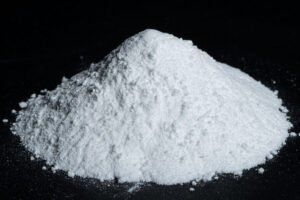

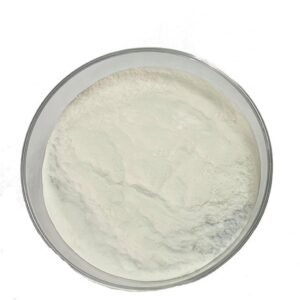
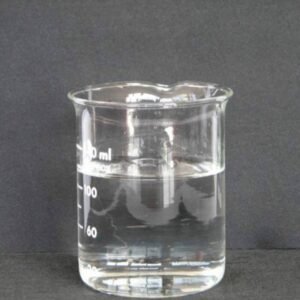
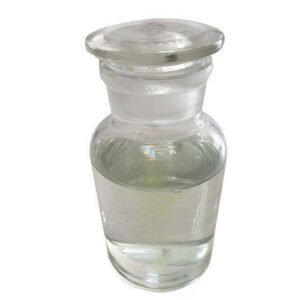
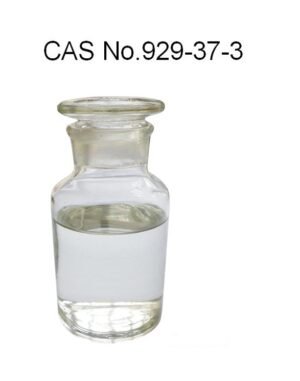
Reviews
There are no reviews yet.